8. Män som hatar kvinnor aka The Girl with The Dragon Tattoo (Niels Arden Oplev, 2009)

“The Girl with the Dragon Tattoo“ is one of the biggest hits on this list, and perhaps the biggest one, as it was adapted in American Cinema, with Daniel Craig and Rooney Mara as the lead characters.
This mystery/crime movie a là “Forbrydelsen” brings the murder of a young girl, from several years before, to the present after a series of murders. Additionally, Mikael Blomvkist, a famous journalist, tries to end corruption by exposing a corrupt company and its CEO.
The titular girl with the dragon tattoo is a freelancer with a major company, who wants to discover everything about Mikael’s past. She becomes obsessed with him, and helps him with his new case, after being hired to discover the murderer of the daughter of a rich industrialist.
This film is a mystery with a large dose of psychological mystery/thriller, which enriches the release in a great way. Despite feeling like the movie is way too long, the same is well compacted and the mystery isn’t very difficult to follow, despite the several coincidences occurring in order to find the culprit.
7. The Emigrants (Jan Troell, 1971)
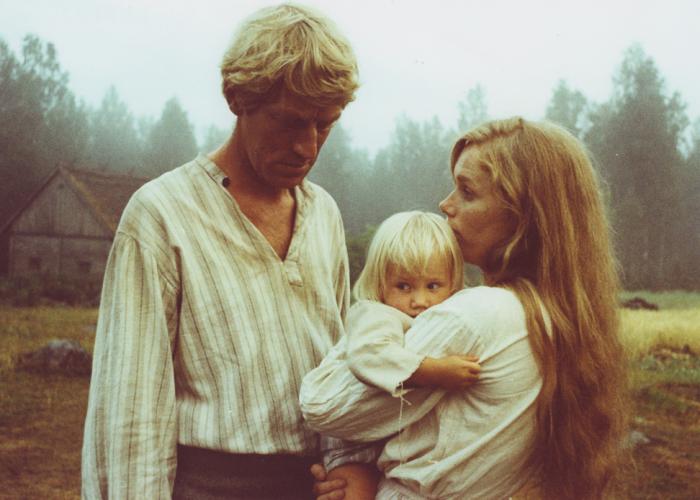
It’s the first movie of two movies directed by the genial Jan Troell; the sequel “Nybyggarna” was released in 1972, the following year, and it’s mostly seen as an improvement when compared to this first movie. It features Max von Sydow and Liv Ullmann as the main characters, portraying a poor couple of a poor town in Sweden.
The story is fictitious but embodies the lives of some emigrants who dreamt of going to the land of opportunity, the United States of America. The movie ends with the arrival of Karl Oskar’s big family to the US.
Throughout the movie, the characters are presented as fighters, but also ambitious, mainly represented in the character of Robert Nilsson (Eddie Axberg), the brother of Karl Oskar (Max van Sydow).
Both movies are three hours long, and more than half of this movie tells the suffering tale of a poor family struggling to survive in an agricultural reality. The land isn’t as fertile as it was before, and the difficulties with the number of family members, growing and growing, imposes a change of pace. Kristina (Liv Ullmann) is the symbol of realism and of the biggest suffering.
Throughout the movie, she gets pregnant again, imposing another difficulty to the several other difficulties that this family will encounter along the way.
6. Den goda viljan aka The Best Intentions (Bille August, 1991)
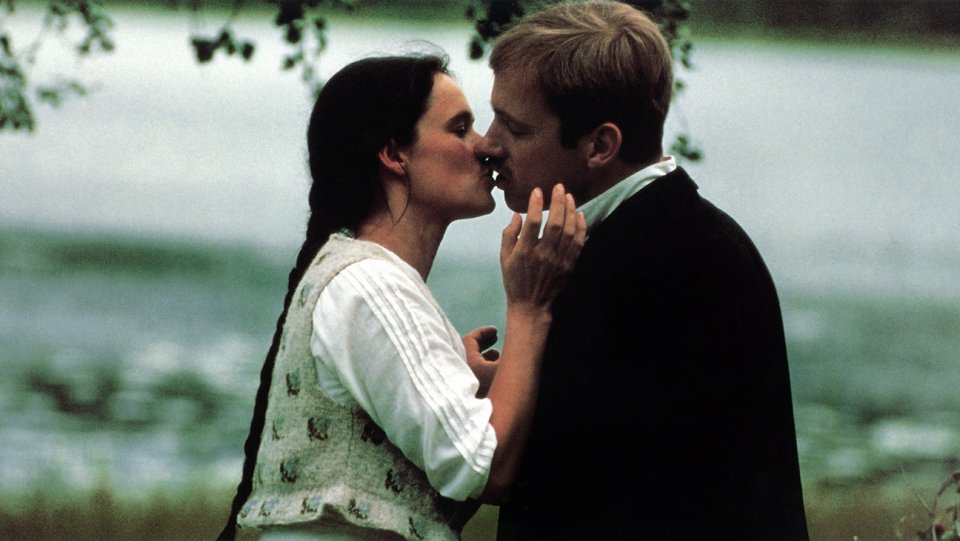
It’s the only semi-biographical movie on the list; it was written by Bergman’s genius, but also has a lot of Billie August’s own ability and technique. It’s a drama/romance that tells the true story of the passion and courtship of Bergman’s parents. It’s over three hours long, perhaps way too long to be largely accepted.
It would be extraordinary to see this movie directed by the master Ingmar Bergman, who wrote the movie about his own parents. The film won the Palme d’Or at the 1992 Cannes Film Festival. It is also another top-notch release, with fantastic performances and a memorable direction.
5. Pelle Erövraren aka Pelle the Conqueror (Bille August, 1987)
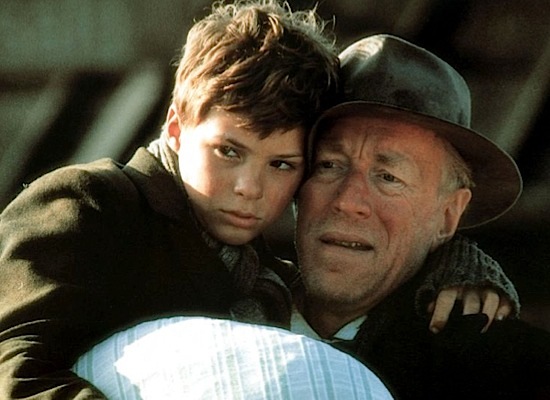
This is perhaps the best collaboration movie of this list, among several of them. It features Max von Sydow, the legendary Swedish actor and one of Ingmar Bergman’s favorite actors. The Swedish join forces with Danish to provide the public with a story of resilience, filled with familial emotions.
The story takes place in the 19th century, when a boat filled with Swedish emigrants arrive in Denmark in order to try a better and new life.
Pelle is the son of Lasse Karlsson (Max von Sydow), and together they will embark on an “adventure” that takes a big chance in a foreign land, with both being the target, throughout the movie, of discrimination, facing several ordeals in order to survive and live another day.
4. Nybyggarna aka The New Land (Jan Troell, 1972)
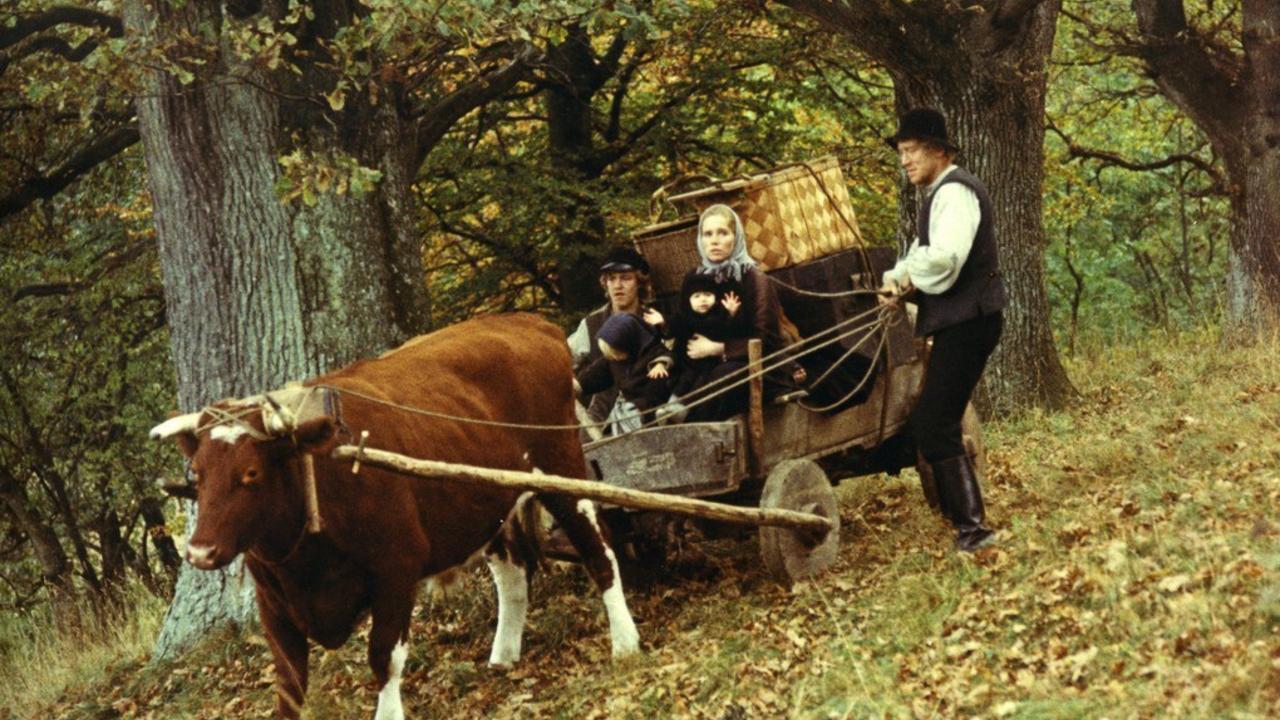
This is the sequel to “The Emigrants”, the English title version. In my opinion, it’s the better film, the most interesting and in which the performances of the two lead actors resemble each one’s careers.
I’m not saying the first film doesn’t feature fantastic performances, but in this sequel, the outstanding performances, and also the make-up department, make this release a reference in the Swedish film industry, and one of the best of the 1970s.
The movie begins where the other stopped, with the arrival of this dreamy family, now more ambitious with the expectations of a better life. Perhaps, for that reason, both actors’ performances, Liv Ullmann and Max von Sydow, excel at the level reached in the first film. Again, Robert Nilsson, the brother of Karl Oskar, has the dream of becoming rich via the search of gold in California.
There he will suffer a terrible ordeal that may change not only his own life, but also the lives of Kristina and Karl Oskar. It’s also quite interesting to see the American reality in a Swedish family. The beginning was difficult, but soon the crops and the new land will prosper, so much that the seemingly solitary family will start having neighbors, bringing another reality to this second film.
Curiously, this film was adapted into a TV series, in which Kurt Russell participates, in his early years as an actor. “The New Land” is one of the most successful and awarded movies in Swedish film industry. It is a mandatory film in order to get to know this industry, and it features fantastic performances, combined with a great script and storyline.
3. Songs from the Second Floor (Roy Andersson, 2000)
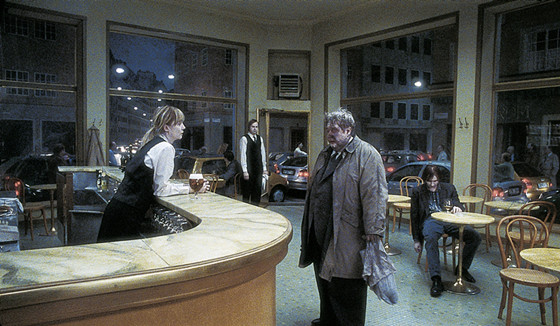
It’s one of the most surprising movies on the list, and one of the very best black-comedy movies that I can remember. The movie is presented in a series of vignettes that represent aspects of modern and human life. The film approaches the themes of sexuality, emotion, family and unemployment.
It is mostly presented in a humorous fashion, despite its tendency to dramatize its plot and representation of modern life, intensifying the dramatic intent and purpose of the director’s in-view on the themes of the day-to-day aspects of human life. The movie was nominated and won several awards, and is considered one of the best black comedies of all time.
2. Mitt liv som hund aka My Life as a Dog (Lasse Hallström, 1985)
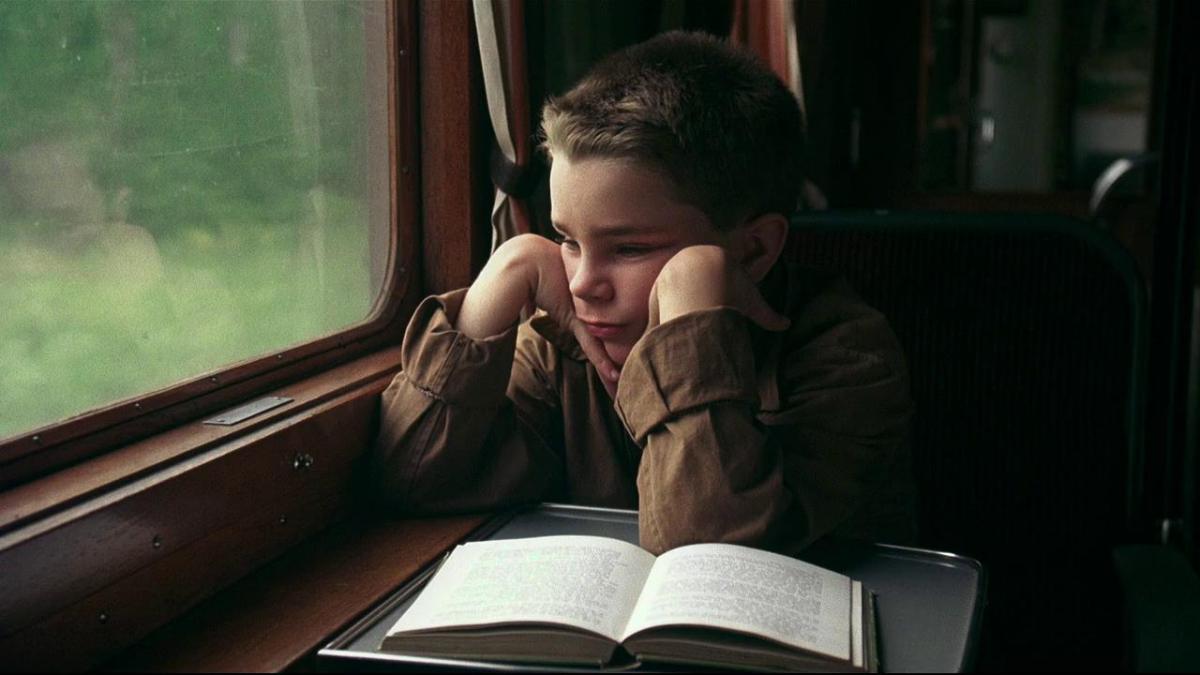
It is essentially a movie about hope, dreams and childhood. A boy is sent to a small town in Sweden, in Småland, to the house of his aunt and uncle, who by their turn give him everything he desires. The boy has an “absent” mother, mainly due to her illness, which makes her bedridden.
The innocence of the film is its greatest asset, representing a completely different role than most of the films on this list. Ingemar, a 12 year-old boy, is a troubled kid and quite different from most kids, provoking a series of difficult situations that cause him to be sent to this rural town in Sweden.
Again, considering that this film features a young boy in the lead role, it adds to this output a different “aroma” and feeling that differentiates it from the rest of the movies on this list.
The performances are quite good, and surprised me a great deal. It’s still today one of the most nominated and awarded films in Swedish history.
1. Körkarlen aka The Phantom Carriage (Victor Sjöstrom, 1921)
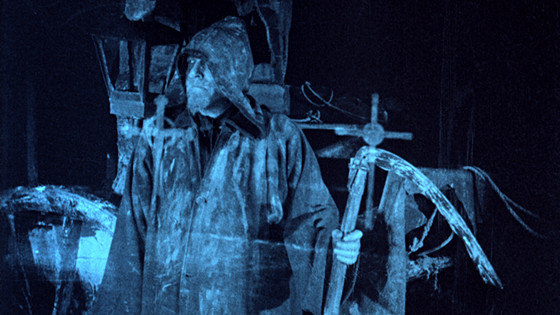
“Körkarlen“ is by far the most influential of these movies. It added a series of new features, not only conceptually but also technically, that even today might surprise the most serious of fans of cinema.
The use of special effects, in a intelligent and efficient way, makes this movie one of the most serious cases of innovation and differentiation in the history of Swedish and worldwide cinema. It uses flashbacks, and flashbacks within flashbacks, to express memories and thoughts. That type of technology and innovation had never never ever seen before.
Victor Sjöstrom was actually the first to use it in such a fashion, and was later “copied” by Michael Carné, almost 20 years later. For this and other reasons, “Körkarlen” was able to become one of the serious cases, as mentioned before, of influence and grace within the worldwide film industry, being considered one of the greatest movies ever made.
The master of masters, Ingmar Bergman, confessed that “Körkarlen“ was a major influence on his technique and how he directed movies, and how he interpreted it in a philosophical manner was incredibly different that the rest of the directors and technicians of cinema.
It tells a story of regret, adapting a Swedish legend that exists in Swedish culture that the last man to die on the last stroke of midnight, in the New Year, is doomed to drive the death carriage, becoming the undertaker of lost souls.
David Hold is the key figure in this tragedy. Despite having all that a man could desire in order to be happy, he ruins that happiness by becoming a drunkard. Holm’s final redemption is clarified in the movie’s last moments, after becoming the last man, on the last stroke of midnight of the New Year, to die.
Author Bio: João Braga is a content writer and freelance translator of 5 different languages. His passion for movies began 12 years ago, starting with Bergman, Kurosawa and Truffaut’s movies. He has a “soft spot” for the intelligent and genial French Cinema.